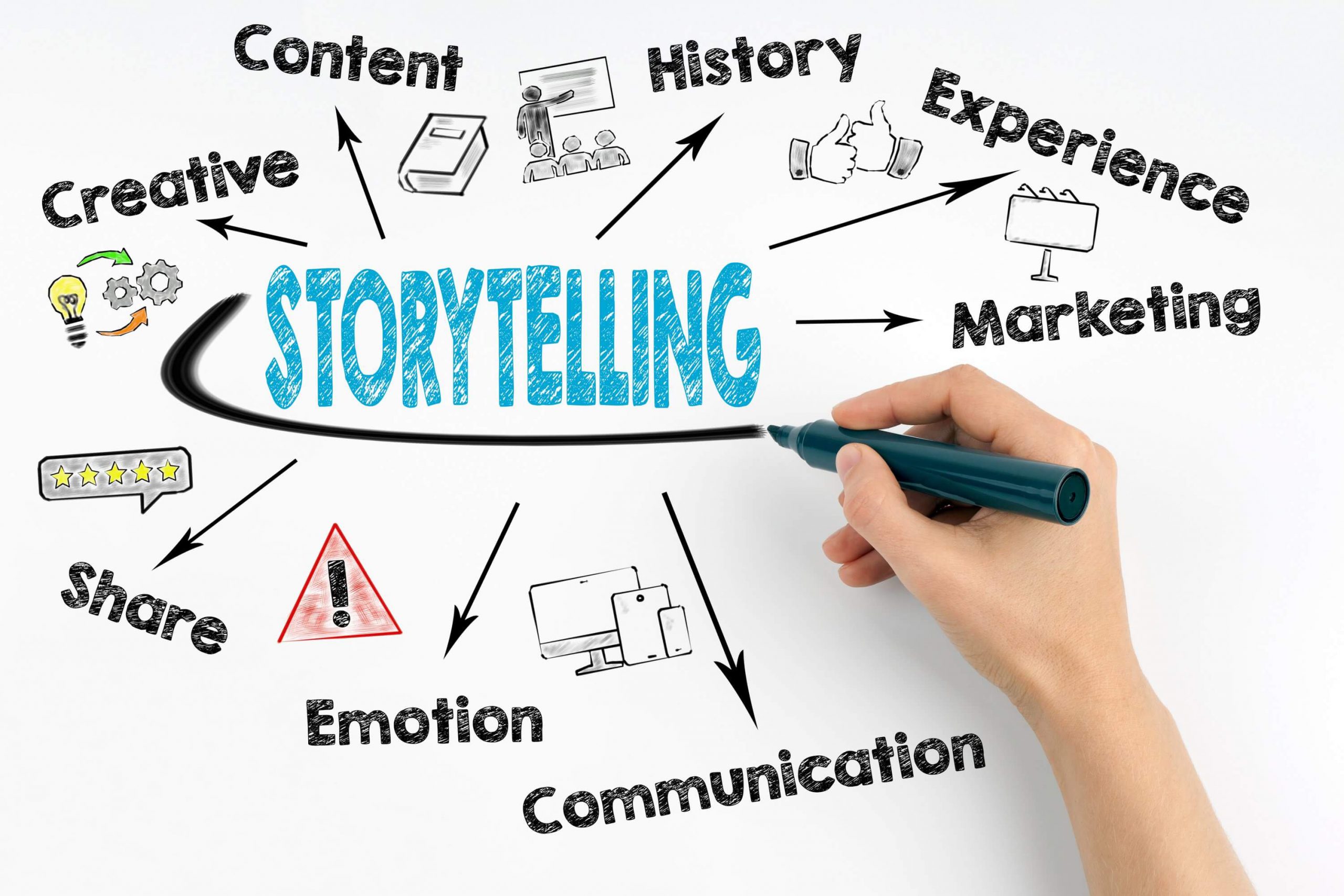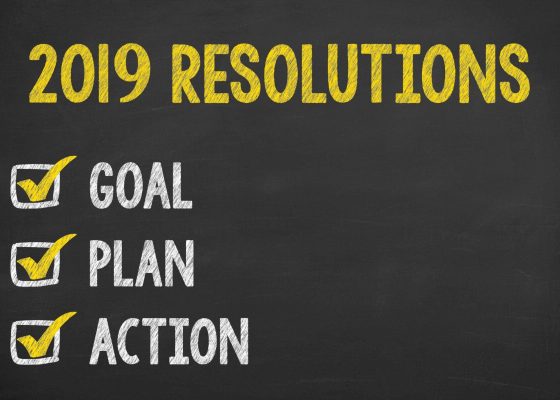I am sure that in running a business, everyone has experienced frustration with a client, a partner or an employee thinking
“Hey, why this guy does not get it!†although facing him or her with incontrovertible evidence to support a very valid argument.
I am convinced however that most people want to do what it is right.
So why then it does not always work?
I suspect that three important components require careful balance in presenting an argument:
1. A good structured thinking framework; to this point I am strong supporter of the Toulmin’s Argument Model
2. A clear understanding and exposition of the Benefits minus Costs equation; including risk factors and non-monetary costs.
3. The ability to tell a good story, without giving the impression of being “overly selling†your argument (or product).
During recent research on Content Marketing (in essence it is about telling good convincing stories) I come again across the use of Toulmin’s Argument Model for B2B contexts. I could not but confirm how useful this tool has been for me also in my professional experience. Toulmin suggests six elements to making an argument:
· Claim – The statement you are asking someone to accept : “you should spend € 10,000 in this new document management projectâ€
· Grounds – The data and facts to support the claim: “your employees spend 91,000 hours searching information equating to € 3.64 m in staff time per yearâ€
· Warrant – The main reason why the data is relevant: “improvements in data management could save the organization € 1.5 M per year if the project result in 50% reduction of staff time in shuffling papers
· Backing – Information that supports the warrant based on analysis and intelligence “75% of staff report being frustrated when looking for documents, 20% give up with the tasks, staff use different terms for similar topics generating confusion…
· Qualifier – Reference to experts in the field and case studies: “according to XYZ unclear labeling is responsible for longer cycle times in finding and managing informationâ€
· Rebuttal – In most cases the likely challenge to your claim will be the budget. You need to lay out the budget against the risk of doing and not doing the job: “the project cost is € 10,000, the likelihood that the project could halves your costs is 75%. So, your risk is only €2,500 (€10,000x 25%) and the potential gain is €1.36 M (€ 3.64M/2×75%). That’s a small one time risk for a big monetary gain and higher employees satisfaction…”
From this last point emerges the importance of being open in considering risk factors and their impact to gain trust.
Another important step connected to this process is an accurate consideration of the “Value = Benefit-Costs†equation making sure that anything that can be possibly counted and estimated is included. Companies may not be able to properly monetize benefits and costs items due to shortfalls in direct costing and activity based cost allocation criteria.
However, the third point, your story telling framework is arguably the most important. Recent studies about Mirror Neurons (brain cells that are stimulated to what we see and hear) and Neural Coupling (brain patterns that quickly mimic those of the storyteller) confirm that, – as Daniel Taylor put in his book “The healing power of stories†: “facts, theories and reason alone do not stand a chance against a story because facts and reason ultimately depend on a story for context, relevance and meaning – and thus for their power. Objective data always requires interpretation and perspective for, in order to yield fact. Those require storyâ€.
Interestingly, if we think about any possible story plot, in almost any context (everyday life, fiction or business) it is about someone overcoming a minor or major obstacle in order to achieve a minor or major goal. Simon Sinnek put this down very well in his book “Start with whyâ€, he says: “people don’t buy what you do, they buy why you do itâ€.
I cannot but thinking of a good friend of mine who had an incredible entrepreneurial success; he excelled on point 3 although not exceptionally strong on points 1 and 2. Interestingly he has always been the most assertive in my group of friends in Milan, often using very suggestive but effective arguments; in his youth he also attended an acting school.
Inevitably once you have your point 1 and 2 in good order, you need to combine them into your point 3, the story, I suggest considering this framework:
· A CATALYST of interest – A building up of something or a crescendo of events such that someone thinks, “something has to be doneâ€. The catalyst in our document management case could be that our client missed its P/L goals for three quarters in the row and you could contribute decisively with your project to reduce costs…).
· Figure out a WHAT IF scenario – Once accepted that something has to be done, figure out “the new worldâ€, describe what happens once the issue or opportunity is resolved or achieved. In this case the previous warrant from the Toulmin’s example fits perfectly.
· A HERO – Any story needs the hero that carries and accepts to overcome some challenges. In our example your client CTO could be the Hero and you, the consultant or provider are the “wingman†or the “sage†that will work with him to overcome all the challenges…
· The CHALLENGES – Every Hero is presented with a series of direct or indirect challenges to be overcome in order to “the new world†to be reached. Some challenges may be obvious; some others may be obscure so, you, as the “sage†consultant, can use the Toulmin’s Argument model and a benefit-cost analysis to find out also the obscure challenges and risks for the hero, like Merlin with King Arthur.
· The BIG ONE – In any story there is always a final challenge that cannot be avoided. In business language this could be a Critical Success Factor like for your hero, the CIO of the client organization, to install the new solution within a certain deadline.
· The NEW WORLD – What will have changed and what will be better. Cost drastically reduced, CIO internal reputation to the stars, employees more motivated.
So look out for balancing logic and emotions with a story that give context to your rational elements when trying to “sell†and idea, a service or a product. Interstingly, Aristotle was arguing this already 2,400 years ago with his “Ethosâ€,“Logos†and “Pathos†concepts.
Ready to create a powerful story to win your next client ?







